Colloquially, we tend to speak of our vision as 3-D. Even textbooks will tell you that our brains convert the electrical impulses from both of our retinas into a stereoscopic 3-D image.
However, that is technically incorrect. If our brains were truly capable of generating a pure 3-D image, we would be able to see the back of the objects that are usually occluded from our sight.
It is perhaps more accurate to say that we possess 2.5-D vision. That is, we see two-dimensional images with the addition of the illusion of depth.

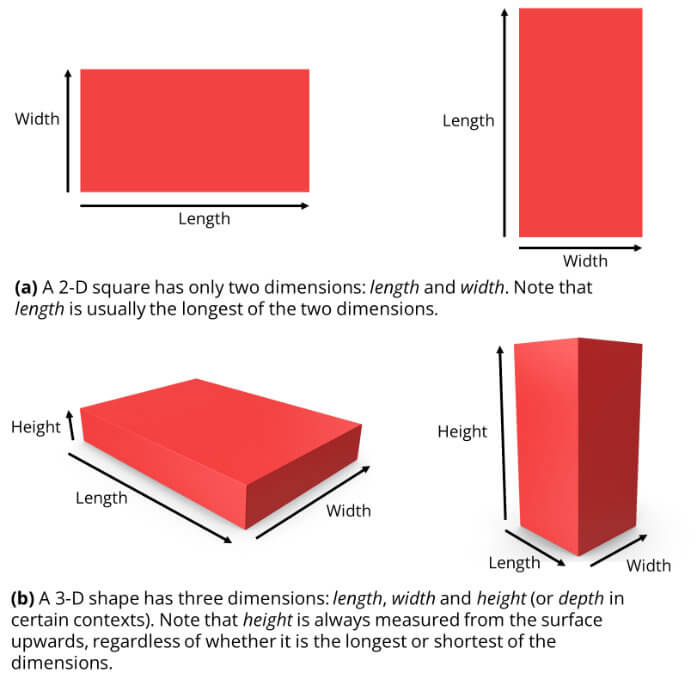
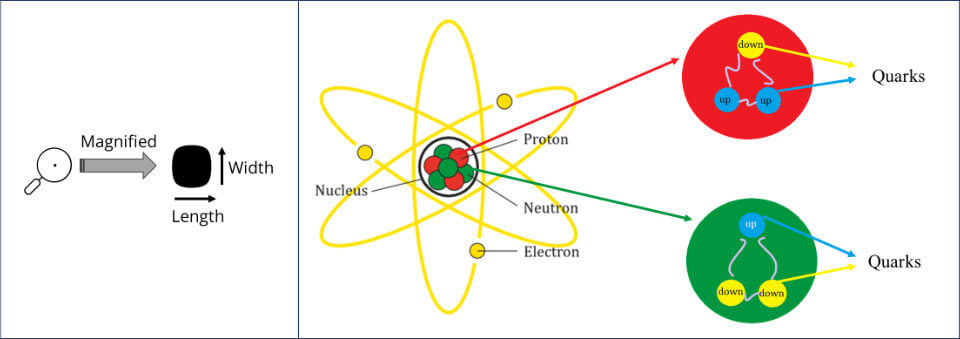

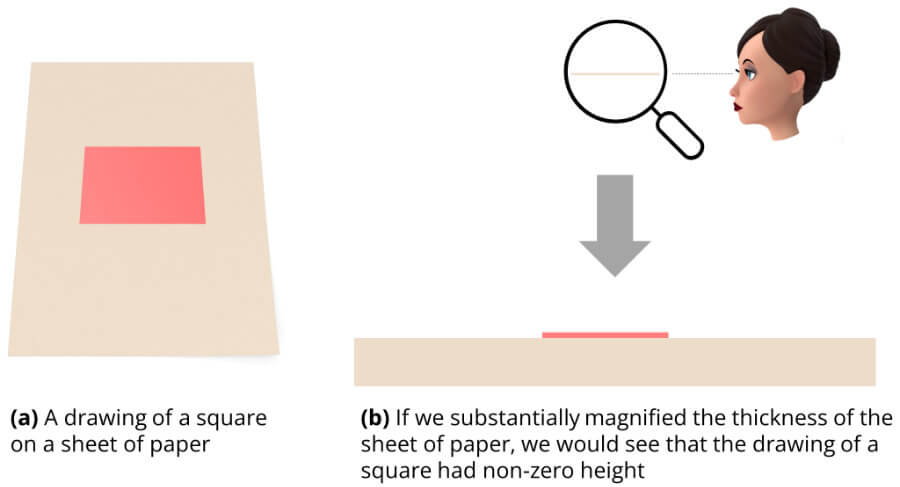



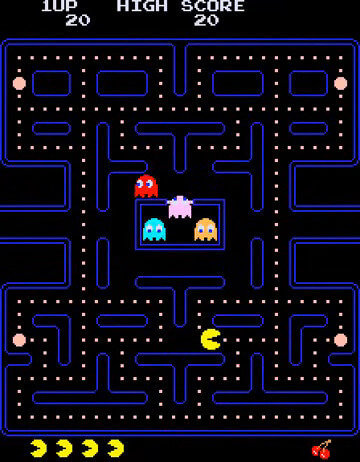
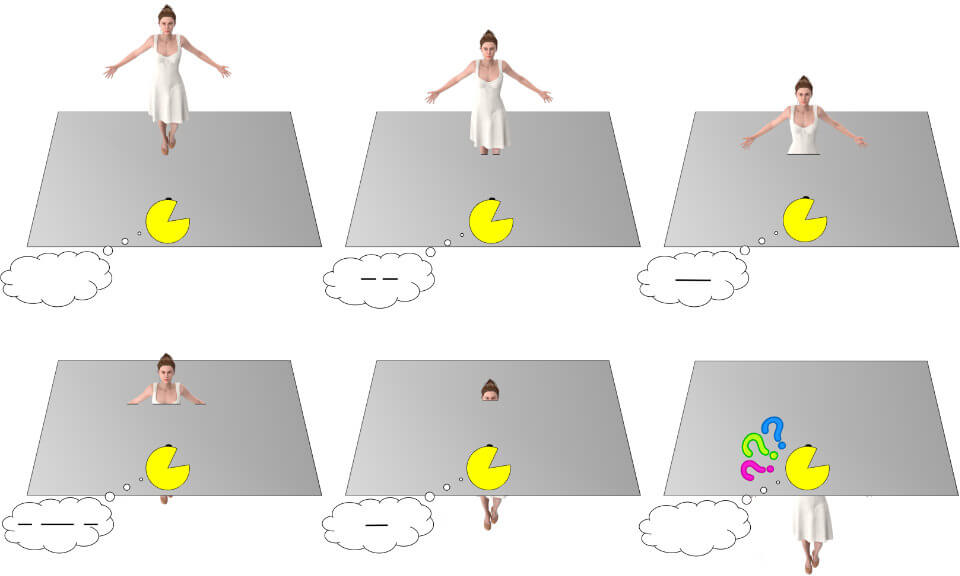

Masterpiece
Mind-blowingly weird
c’est bien..
thanks..
Hi,
Thank you for your comment, and I’m glad you enjoyed the article 🙂